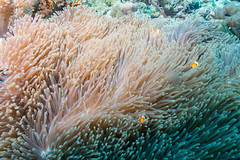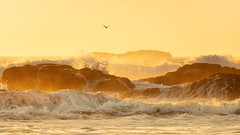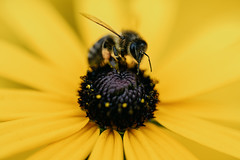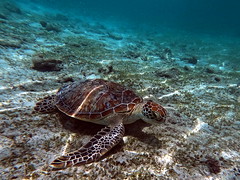While we all are wondering when there will be an economic recovery in this country and around the world; it’s hard to miss the biological recovery progressing in the areas on Cumberland Island that burned last summer. Much of the twenty five hundred acres that burned on the north end of the island was a scrub type plant community with thick, saw palmetto undergrowth. The fire loving palmettos have already returned to full size and all of them are sending up flower stalks. In a couple months, honey bees will be attracted to this area and palmetto flowers, with the help of the bees will make a premium, high quality honey. Later in the summer there should be a huge crop of palmetto berries which are a food source for many animals such as deer, turkeys, raccoons and rodents. The native Timucuan Indians that once lived on Cumberland ate these berries also, but modern people today would find them hard to get down because of their strong, musky smell and taste. However, the native people consumed a lot of them and might have even burned palmetto fields to promote the flowering and fruit production of the plant.
Many of the trees in the recent burn are starting to recover, especially the pines, which can take more heat from fire than the hardwoods; although trees like myrtle and bluejack oak that were destroyed above ground are now sending up new growth from their roots. Pine trees that were killed by the fire are being stripped of their bark by woodpeckers as they hunt for remaining, wood boring insects. Eventually these trees will fall down, decompose and become fertilizer for the next generation of plants.
Recent heavy rains have filled many of the ephemeral ponds in this area, so the return of amphibians like frogs that need water to reproduce in will be able to get re-established here, along with a number of predators that feed on them. It wasn’t long after the big 1981 fire in this same location a large number of eastern leopard frogs were found. At least one alligator was nesting close by also. I remember watching baby alligators catching both frogs and dragon flies along the banks of one pond.
Since the recent fire, signs of coyotes have been found along the north cut road that runs right through the middle of the burned area. It’s also on this road where I have had most of my bobcat sightings over the years and no doubt they will be back hunting the prey species such as rodents that will benefit from all the new plant growth. Hawks, owls and snakes will also take part in controlling these animals as well. Several years ago, while conducting a Greyfield tour along the north cut road, we came upon the rare sight of two large yellow rat snakes hanging by their tails from a tree while mating. However, the snakes I see the most are black racers as they hunt the road bed for lizards and other snakes. Several times though we have encountered cottonmouths and eastern diamondback rattlers, two of the venomous snakes living on the Island, but no less important in maintaining the balance.
It’s interesting how both snakes and fire have received such a bad rap down through the recorded history of man. While in reality, both are part of an efficient system that has worked itself out over evolutionary time. On the other hand, we modern humans are still trying to find solutions to our many problems, while hoping for an economic recovery.









![Iceberg (visible and invisible part) [explored 25/04/2024] Iceberg (visible and invisible part) [explored 25/04/2024]](https://live.staticflickr.com/65535/53567620448_3a3058b0a9_m.jpg)




You must be logged in to post a comment.